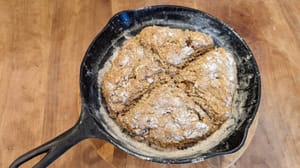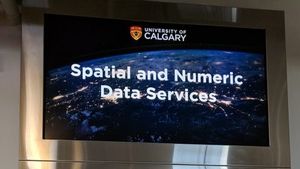Some items of possible interest which were in a little email pile waiting for attention ……
Arrow
An Australian colleague alerted me to the redesign of the Arrow Discovery Service. Arrow aggregates access to Australian research repositories.
Welcome to the ARROW Discovery Service – where you can search 143,582 Australian research outputs, including theses; preprints; postprints; journal articles; book chapters; music recordings and pictures.
The ARROW Discovery Service searches simultaneously across the contents of Australian university research repositories. The list of currently participating universities, and the number of outputs currently in each repository, is listed at the left. [Arrow]
Search box is complemented by tag cloud access. Results filtering by facets, including institutional facets. Alerts can be set (although it does not have RSS feeds, as I notice Roddy MacLeod pointed out somewhere).
Catalog Widget
The Information Resource Centre (IRC) at Jacobs University, Bremen, has produced a catalog widget, jOPAC, as part of its broader initiative to produce a range of ‘Web 2 tools’.
The IRC has started developing Web 2.0 tools. Because we want to be able to deliver digital (library and multimedia) services at the point of need, where our patrons are. And because we want to enhance our services by mashing them up with other available services out there on the web. [Web 2.0 Tools – Teamwork at Jacobs University]
The are using the Universal Widget API from Netvibes:
Using the UAW API allows easy implementation within various platforms, such as iGoogle, Macintosh, Vista, Yahoo Dashboard, and various others. This way, any developed tool can easily integrate within any supported platform – some of which you might already use! [Web 2.0 Tools – Teamwork at Jacobs University]
See a jOPAC demo here.
I was interested to see the University Confluence-based wiki infrastructure that the pages above are part of. Also interesting is the dedicated focus on such tools that IRC is making.
Linking from Wageningen
As linking between systems becomes more important, so does our interest in identifiers, and in mappings between identifiers. Here is an example from Wouter Gerritsma:
Previously I announced that we made use of the Google Books API to link to the full text whenever possible. We only experienced two problems with this service. First, the quite frequent Google spam warnings, which have been partially resolved but still keep coming back. Second, we did not have the required OCLC or LCCN numbers for the pre-ISBN books in our catalog. [Linking from Catalog of Wageningen UR Library to Google Books at WoW! Wouter on the Web]
He goes on to describe a service from our OCLC Dutch colleagues that returns an OCLC number when fed a Pica Production Number, which they have in their catalog. And the results:
A few examples are:
- Staring, W.C.H. (1860) De bodem van Nederland : de zamenstelling en het ontstaan der gronden in Nederland ten behoeve van het Algemeen beschreven
- Vilmorin-Andrieux, (1856) Description des plantes potageres
- Loudon, J.C. (1831) An encyclopaedia of Agriculture.
Even when the full text is not available on Google Books, the service can be usefull. In the following example of Hogg, R. (1884) The fruit manual, the electronic version of the 1860 edition is available on Google Books rather than the 1884 edition we have in our collection. [Linking from Catalog of Wageningen UR Library to Google Books at WoW! Wouter on the Web]



